Sigma lenses became more and more popular in recent years because of their professional-grade optics. They produce lenses for major camera brands like Canon, Nikon, and Sony. In this article, we are going to highlights some of the best Sigma lenses that are designed specially for Nikon cameras.
Because Sigma uses their own designations system for their lenses, it is important to be familiar with these abbreviations, and know exactly their meaning. In the following paragraph, I am going to list the most important Sigma lens abbreviations you might come across.
Sigma lens Abbreviation:
1- Sigma Lens Category
There are three categories in total and here are their descriptions:
- C (Contemporary): this line consists mainly of variable aperture zoom lenses for general use, such as standard and telephoto zoom lenses for APS-C cameras.
- A (Art): This product line includes all the fastest Sigma prime lenses. Sigma says the Art lineup is “designed with a focus on sophisticated optical performance and abundant expressive power”. Some wide-angle, macro, fisheye, and fast-aperture zoom lenses will also belong to this category
- S (Sport): this product line is for telephoto lenses (both zoom and fixed focal length) designed with sports and wildlife photography in mind. these lenses are quite pricey and also feature relatively fast maximum aperture settings.
2- Sigma Lens Format Abbreviations
As Sigma is one of the largest third-party lens manufacturers they design lenses for a variety of sensor sizes:
- DG: lenses compatible with full-frame sensor DSLR cameras.
- DC: lenses designed for APS-C DLSR cameras.
- DN: lenses designed for compact system cameras.
3- Sigma Lens Technology Abbreviations
- HSM: the Hyper Sonic Motor, is a ring-type ultrasonic motor designed to provide quick and silent focusing.
- OS: optical image stabilization technology used in Sigma lenses.
- ASP (Aspherical): lenses with this designation have aspherical glass elements in their optical design.
- APO (Apochromatic): apochromatic lenses are designed to correct chromatic and other sorts of aberrations more effectively. feature exotic fluorite elements and have no chromatic aberrations at all.
- RF: such lenses have a rear focusing design, which means that during focusing operation only a few elements positioned behind the diaphragm blades are moved (rather than all the elements). This results in potentially faster AF operation and non-rotating front elements.
- IF: internal focusing is similar to RF, but in this case, several optical elements in front of the diaphragm are moved during focusing (rather than all the elements). The size of the lens remains constant, but the focal length might change slightly as you focus.
- SLD: Special Low Dispersion glass elements are designed to minimize chromatic aberrations.
- ELD: Extraordinary Low Dispersion glass elements might have a slightly funny name, but they should perform even better than SLD.
- FLD: F Low Dispersion element, at least according to Sigma, is “the highest level low dispersion glass available with extremely high light transmission.” It should basically perform as well as fluorite elements (that is what the “F” stands for), but is far less expensive.
Best Sigma Lenses for Nikon
There are many types of lenses out there, but we’ve picked five key types that are universally popular, and cover almost any type of photography.
Wide-angle zoom lens:
It is used when you need to get more into the frame, especially if you are interested in landscape, travel photography, and capturing tight interiors, big landmarks, or narrow city streets.
Read more:
Sigma 12-24mm f/4 DG HSM Art Lens
An ultra-wide lens for full-frame Nikon DSLRs, with incredible image quality
Covering a useful variety of ultra-wide focal lengths, the Nikon F-mount Sigma 12-24mm f/4 DG HSM is an Art-series zoom, characterized by its advanced design to greatly reduce distortion for a high degree of sharpness. A series of low dispersion and aspherical elements minimize both chromatic and spherical aberrations throughout the zoom range to achieve high clarity and color accuracy. A Super Multi-Layer Coating also helps suppress lens flare and ghosting for color-accurate, contrast-rich imagery in a variety of lighting conditions.
Specification
- Focal Length 12 to 24mm
- Maximum Aperture f/4
- Minimum Aperture f/22
- Lens Mount Nikon F
- Lens Format Coverage Full-Frame
- Angle of View 122° to 84.1°
- Minimum Focus Distance 45″ / 24 cm
- Focus Type Autofocus
- Image Stabilization No
- Filter Size None
- Dimensions (ø x L) 02 x 5.18″ / 102 x 131.5 mm
- Weight 53 lb / 1150 g

Photo by William Baer
Sigma 18-35mm f/1.8 DC HSM Art
It is the world’s first lens to have an f/1.8 max aperture over its entire focal length range
The Sigma 18-35mm 1.8 DC HSM is the first wide-angle to standard zoom lens to achieve a large aperture of 1.8. Designed specifically for APS-C sized sensors, the Sigma 18-35mm 1.8 translates to 27mm-52.5mm on 35mm camera. The 18-35mm 1.8 DC HSM incorporates a wide glass-molded aspherical lens with Special Low Dispersion (SLD) glass to compensate for aberrations and curvature at the widest angle.
Internal focusing and zooming allow for more usability and functionality. The 18-35mm is ideal for landscapes, portraits, still life, snapshots, casual, and close-ups.
The Hyper Sonic Motor (HSM) ensures smooth, fast, and accurate autofocusing. The use of Thermally Composite Material (TSC) reduces size and weight but increases the lens’s durability.
A 9-blade rounded diaphragm also creates a beautiful background blur. The Sigma 18-35mm 1.8 DC HSM is a new benchmark in photographic history and a must-have for every camera bag.
Specification
- Focal Length 18 to 35mm (35mm Equivalent Focal Length: 27 to 52.5mm)
- Maximum Aperture f/1.8
- Minimum Aperture f/16
- Lens Mount Nikon F
- Lens Format Coverage APS-C
- Angle of View 5° to 44.2°
- Minimum Focus Distance 02″ / 28 cm
- Focus Type Autofocus
- Image Stabilization No
- Filter Size 72 mm (Front)
- Dimensions (ø x L) 07 x 4.76″ / 78 x 121 mm
- Weight 78 lb / 810 g

Photo by Jason Krewiling
Standard zoom lens:
These lenses offer a versatile focal range, allowing you to shoot anything from landscapes to portraits. They are good all-rounders and are designed to be compact and affordable before anything else.
Sigma 24-70mm f/2.8 DG OS HSM
A versatile lens with exceptional optical performance, sharp autofocus, and beautiful bokeh, all within a rugged metal build
The Sigma 24-70mm f/2.8 hits that sweet spot of focal range, being wide enough for landscape and interior shots, yet narrow enough to get in some high-quality portraits.
The constant maximum aperture of f/2.8 and image stabilization allows you to work handheld in lower light. At the telephoto end of the focal range, the high brightness makes for some excellent background blur.
Specification
- Focal Length 24 to 70mm
- Maximum Aperture f/2.8
- Minimum Aperture f/22
- Lens Mount Nikon F
- Lens Format Coverage Full-Frame
- Angle of View 1° to 34.3°
- Minimum Focus Distance 21′ / 37 cm
- Focus Type Autofocus
- Image Stabilization Yes
- Filter Size 82 mm (Front)
- Dimensions (ø x L) 46 x 4.24″ / 88 x 107.6 mm
- Length at Maximum Extension 35″ / 136 mm
- Weight 24 lb / 1020 g

Photo by Thomas A Goldworthy
Portrait lens:
It is used to produce flattering features and background blur. The best portrait shots combine an undistorted perspective with a soft background blur. A regular zoom lens might give you the right perspective, but only a dedicated portrait lens with a wide maximum aperture can give those atmospheric blurred backgrounds.
Read more: What Is The Best Portrait Lens For Nikon? – The Top 5!
Sigma 50mm F1.4 Art DG HSM Lens
A lens with a large aperture that delivers top performance and outstanding resolution, it is ideal for the high-megapixel era.
The Nikon F mount Sigma 50mm f/1.4 DG HSM Lens is a fast standard-length prime designed to achieve high optical performance through the incorporation of both three Special Low Dispersion glass elements and one molded glass aspherical element. These elements, coupled with an advanced optical design, work to minimize sagittal coma flare and chromatic aberrations in order to provide high image sharpness and clarity. The lens’ large diameter and floating system also help to correct for vignetting to ensure maintained peripheral brightness. A Super Multi Coating has been applied to lens elements, too, to reduce flare and ghosting for higher contrast and color fidelity.
A Hyper Sonic AF Motor, along with an optimized AF algorithm, produces quiet, smooth, and fast autofocus performance that benefits this lens’ use in a wide variety of situations. This AF motor also permits full-time manual focusing control for refined precision by simply turning the focus ring at any time.
Specification
- Focal Length 50mm
- Maximum Aperture f/1.4
- Minimum Aperture f/16
- Lens Mount Nikon F
- Lens Format Coverage Full-Frame
- Angle of View 8°
- Minimum Focus Distance 31′ / 40 cm
- Focus Type Autofocus
- Image Stabilization No
- Filter Size 77 mm (Front)
- Dimensions (ø x L) 36 x 3.93″ / 85.34 x 99.82 mm
- Weight 79 lb / 815 g

Photo by Alexsandra Yarovaya
Sigma 85mm f/1.4 DG HSM
A great third-party portrait lens for full-frame Nikon DSLRs
The combination of an 85mm focal length and f/1.4 aperture is perfect for portraiture on a full-frame camera. It enables a comfortable shooting distance and a tight depth of field, so you can make the main subject really stand out against a blurred background.
Typical of Sigma’s ‘Art’ line of prime lenses, this one has a relatively large build with a complex optical design. Indeed, it’s about 50 percent longer than the competing Nikon lens and nearly twice the weight. The pro-grade construction includes weather seals and the overall finish is immaculate. Sharpness is exceptional across the entire image frame, even at the widest aperture of f/1.4. It outperforms the pricier Nikon 85mm f/1.4G lens in this respect, while also beating it for minimizing color fringing and distortion. It’s the best portrait lens for full-frame portraiture on Nikon DSLRs – if you can live with the weight!
Specification
- Focal Length 85mm
- Maximum Aperture f/1.4
- Minimum Aperture f/16
- Lens Mount Nikon F
- Lens Format Coverage Full-Frame
- Angle of View 6°
- Minimum Focus Distance 46″ / 85 cm
- Focus Type Autofocus
- Image Stabilization No
- Filter Size 86 mm (Front)
- Dimensions (ø x L) 73 x 4.97″ / 94.7 x 126.2 mm
- Weight 49 lb / 1.13 kg

Photo by Jack Ngyen
Telephoto zoom:
They are the obvious choice for anyone interested in sports and wildlife photography, or any other time when you can’t get close enough to your subject.
Read more:
Sigma 150-600mm f/5-6.3 DG OS HSM
If you need to shoot at long range with your Nikon DSLR, get this!
The Nikon F-mount 150-600mm f/5-6.3 DG OS HSM from Sigma is a Contemporary-series telephoto zoom characterized by its sophisticated optics and flexible handling. One FLD element and three SLD elements are used to reduce color fringing and chromatic aberrations throughout the zoom range and a Super Multi-Coating also helps to suppress flare and ghosting for improved contrast and color accuracy when working in strong lighting conditions.
this lens also features a Hyper Sonic Motor, which provides especially fast and quiet autofocus performance as well as full-time manual focus override. An Optical Stabilizer also works to minimize the appearance of camera shake for sharper handheld shooting. Additionally, a removable, rotating tripod collar is included to suit working atop a tripod or monopod.
Specification
- Focal Length 150 to 600mm
- Maximum Aperture f/5 to 6.3
- Minimum Aperture f/22
- Lens Mount Nikon F
- Lens Format Coverage Full-Frame
- Angle of View 4° to 4.1°
- Minimum Focus Distance 19′ / 2.8 m
- Focus Type Autofocus
- Image Stabilization Yes
- Filter Size 95 mm (Front)
- Dimensions (ø x L) 13 x 10.24″ / 105 x 260.1 mm
- Weight 03 lb / 1830 g

Macro lens:
For subjects so close they’re right under your nose. Regular lenses can focus quite close, but not close enough to fill the frame with tiny insects and other close-up subjects. However, macro lenses are designed to get much closer and are optically optimized to give crystal-clear close-ups.
Read more: What Is The Best Macro Lens For Nikon?
Sigma 105mm F2.8 EX DG OS HSM Macro Lens
An amazing true Macro lens that delivers a full 1.0x magnification (full life size on the camera’s image sensor)
The Sigma 105mm f/2.8 EX DG OS HSM Macro Lens for Nikon DSLR Cameras offers advanced performance of close-up photography. The OS (Optical Stabilizer) system enables handheld close-up photography. A Special Low Dispersion (SLD) lens and one high refractive index SLD lens provide excellent correction for all types of aberration and distortion.
A floating focusing system moves two different lens groups in the optical path to different positions. This system compensates for astigmatic aberration and spherical aberration and provides extremely high optical performance from infinity to 1:1 Macro. The Super Multi-Layer Coating reduces flare and ghosting, providing high contrast images.
The HSM (Hyper Sonic Motor) ensures quiet and high-speed autofocus as well as full-time manual focus capability. This lens features a splash-proof design for use in harsh conditions and a rounded 9-blade diaphragm creating an attractive blur to the out-of-focus areas of the image.
Specification
- Focal Length 105mm
- Maximum Aperture f/2.8
- Minimum Aperture f/22
- Lens Mount Nikon F
- Lens Format Coverage Full-Frame
- Angle of View 3°
- Minimum Focus Distance 02′ / 31.2 cm
- Maximum Magnification 1x
- Macro Reproduction Ratio 1:1
- Focus Type Autofocus
- Image Stabilization Yes
- Filter Size 62 mm (Front)
- Dimensions (ø x L) 08 x 4.98″ / 78.3 x 126.4 mm
- Weight 6 lb / 725 g

Photo by SOHRAB
Can’t afford a brand-new lens?
Sometimes, Lenses can be very expensive for many people. However, Keh is a great option to get a used one at a reasonable price. Read the full review here.
Thanks for reading, I hope you enjoyed the article, in case you have any questions just drop them below & I will be happy to answer you.
The feature photo by: Andy Work
If you enjoy the site, don’t forget to subscribe, we will only inform you when a new article is posted.




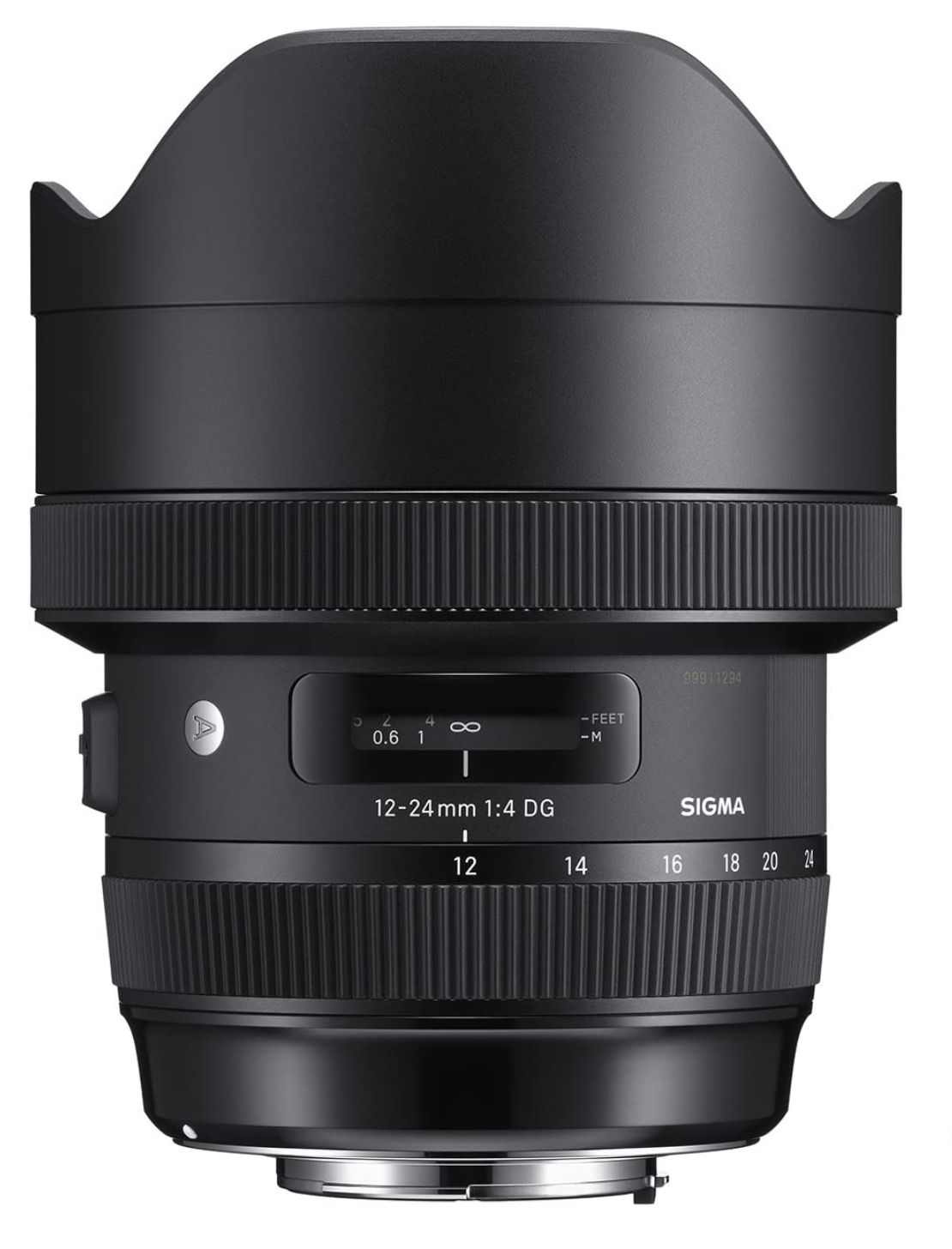
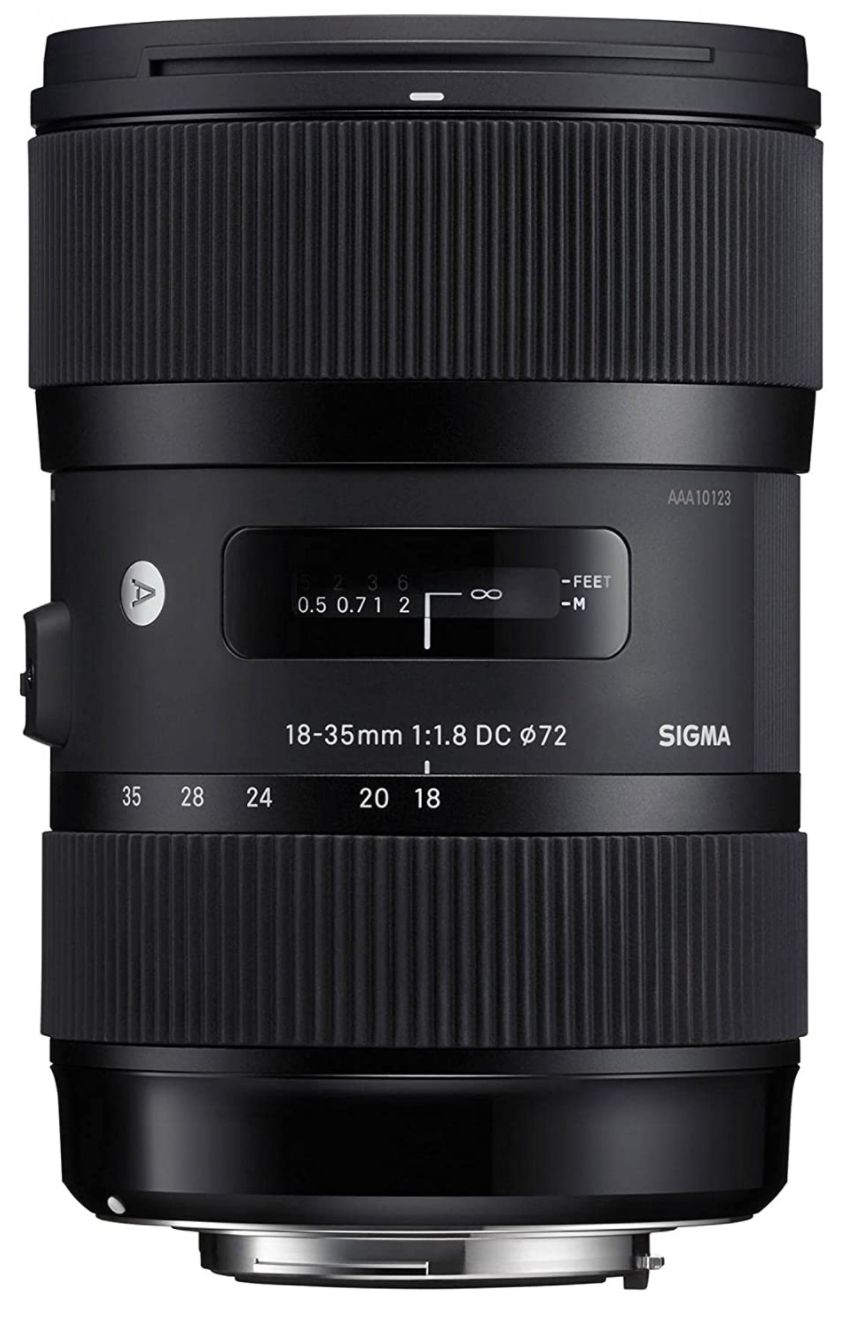
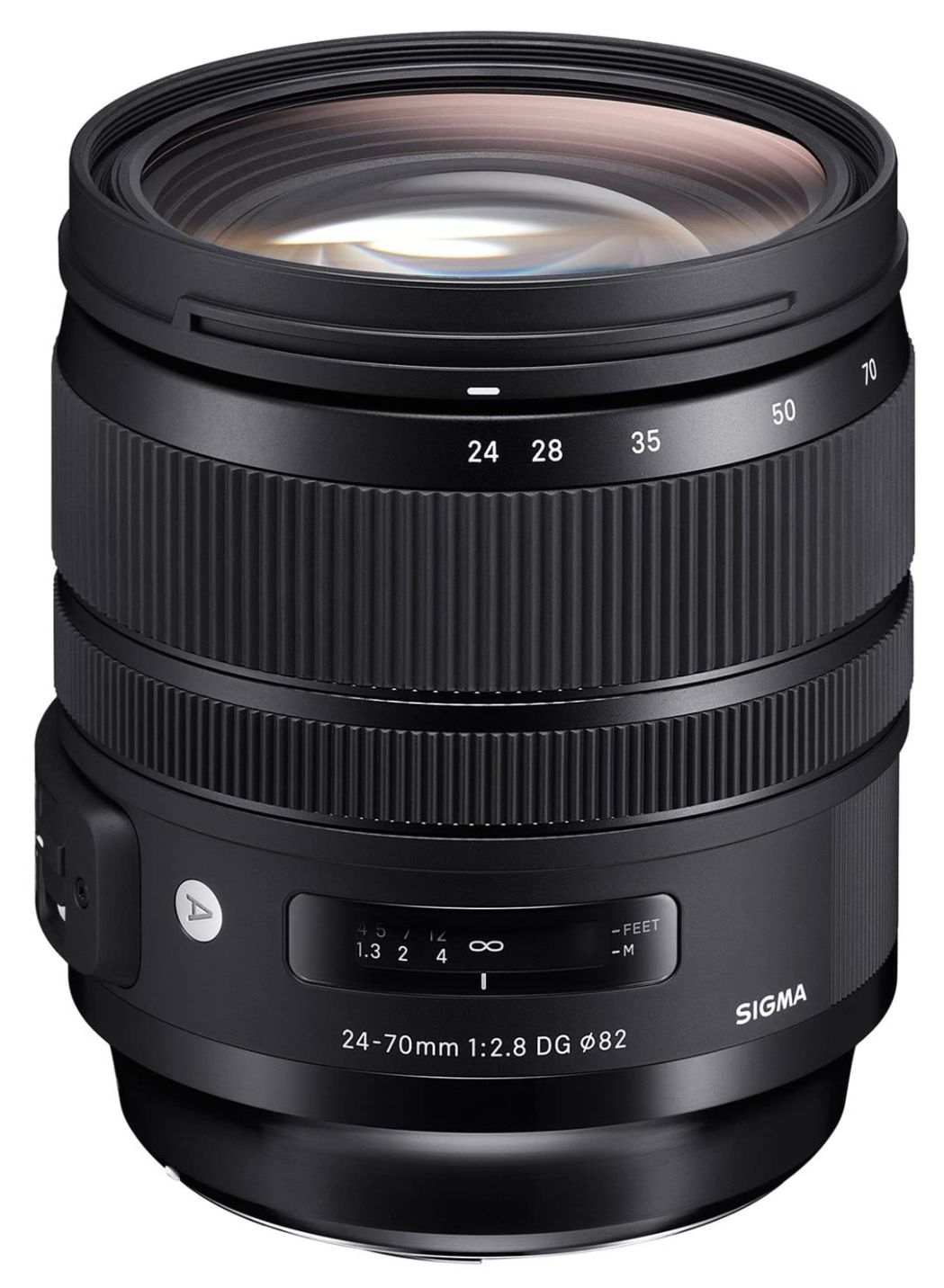
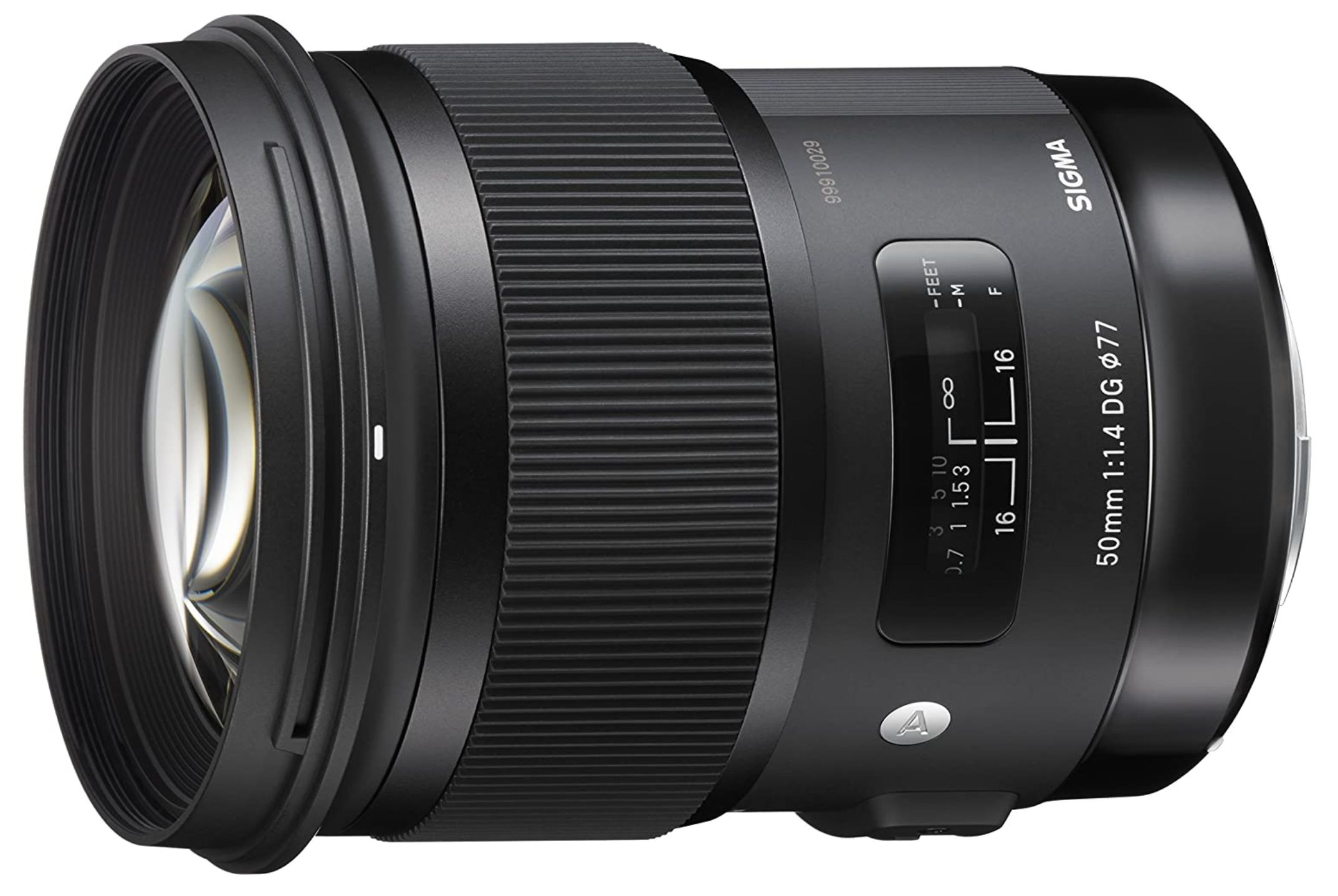
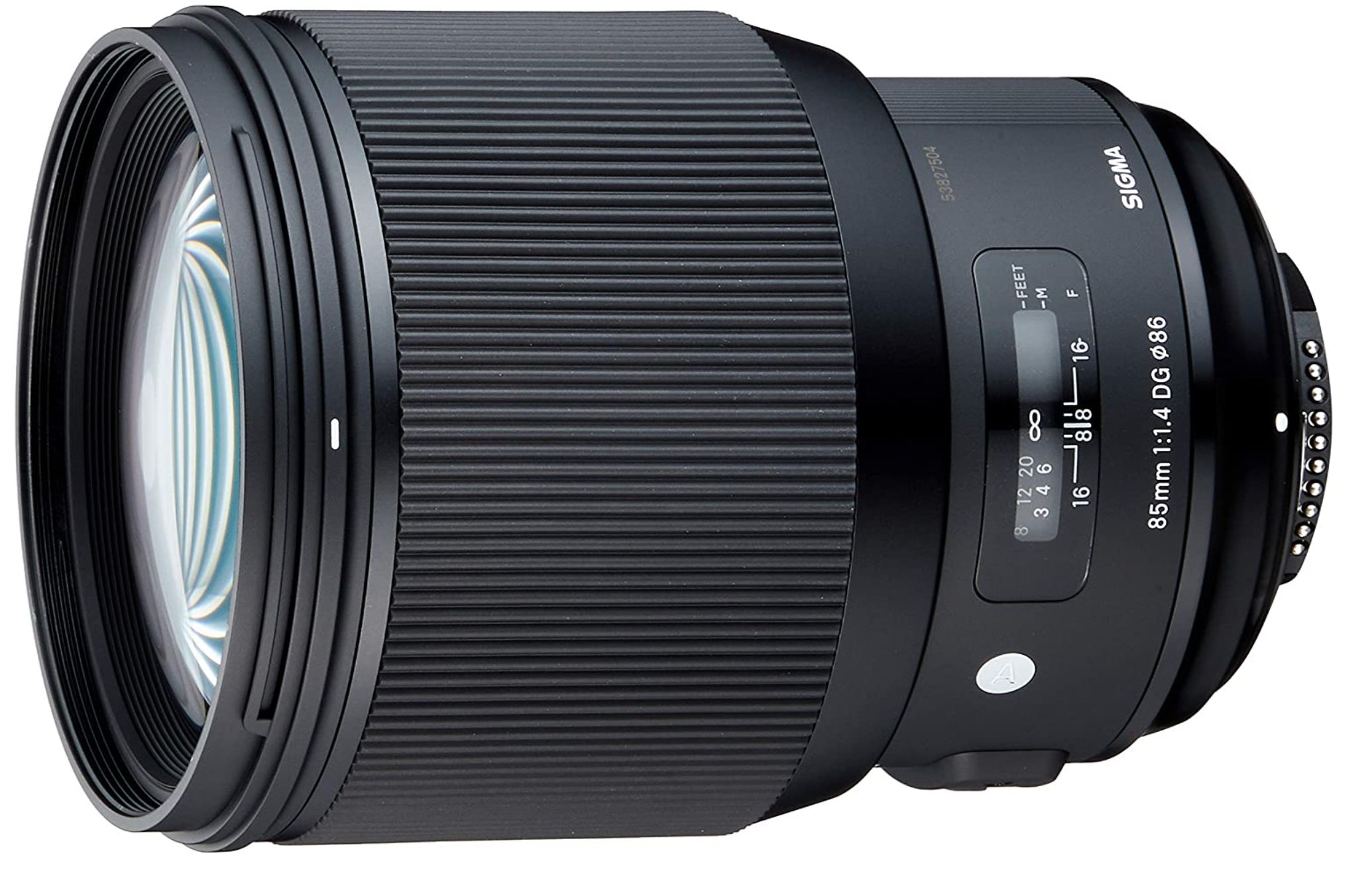
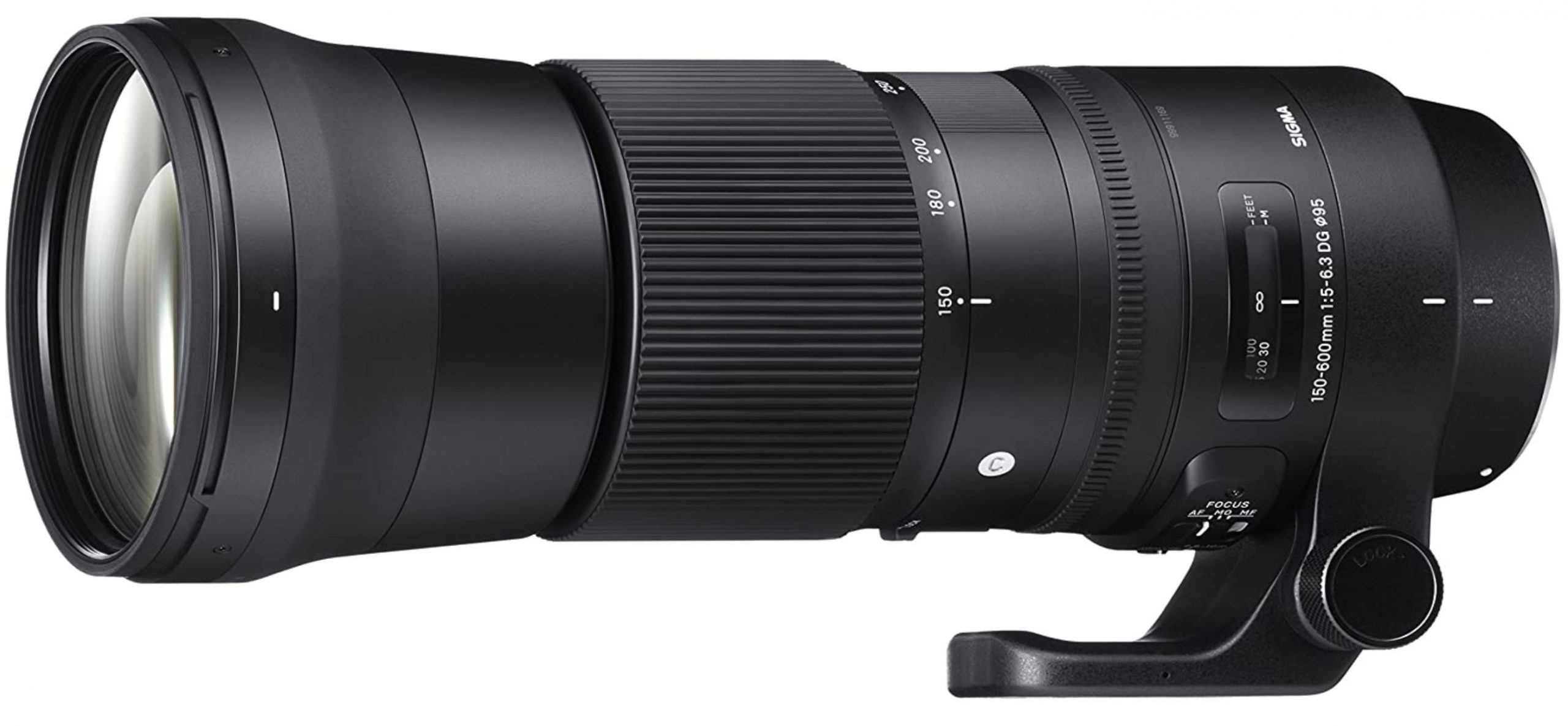


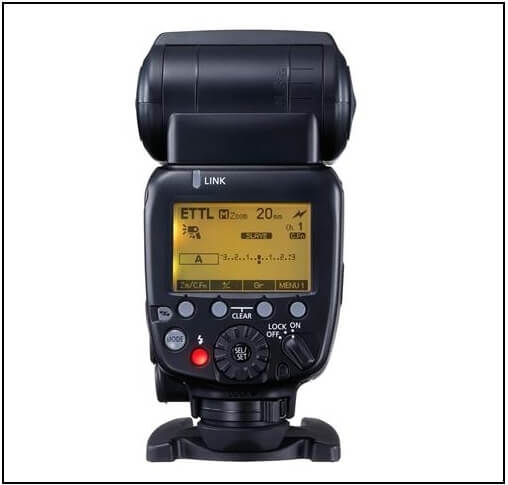



Regarding image quality, images taken with the Sigma 50mm f/1.4 lens have excellent sharpness, contrast, and color transmission. There’s also no discernible distortion. This article is great!
Love your weekly notices. Thanks for keeping me on your list.
With respect to your latest about best Sigma Lenses For Nikon, what is the meaning of EX
on a Sigma lens?
Thank you,
Bernie
It’s a symbol that represents the high line of Sigma lenses. Same as Canon “L” lenses which normally are professional optics with high-quality elements. They can handle distortion better and they are sharper. Sigma has dropped it for its new lenses.
Glad that you liked the weekly updates. Happy shooting!
Thanks for your review of best Sigma lenses for the Nikon camera. I am not familiar with different brands of cameras. I’ve gotten so used to using cell phones for taking pictures, I forgot cameras even exist. For me, the most important aspect of picture taking is that the pictures be crystal clear. The Sigma 12-24mm f/4 DG HSM Art Lens for Nikon is very costly, coming in at $1,599. However, it claims to have advanced technology/design that reduces distortion, which gives it a high degree of sharpness in terms of pictures. Still, I can’t afford the hefty price tag. However, at the end of the article, you provide a full review on Keh as an option for those of us who can’t afford the very expensive options for new cameras.
Thanks for your feedback
Hey great guide!
My brother is thinking to join a photography class after gaining a little taste of it from his secondary school however he is still unsure of how the lens work and what a good lens is. He has being doing his own research but I think this post is definitely going to answer some of his questions so I’ll be sharing this with him!
Thanks for your help!
Thanks